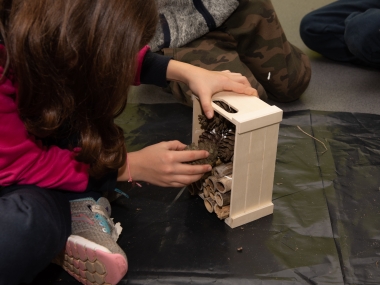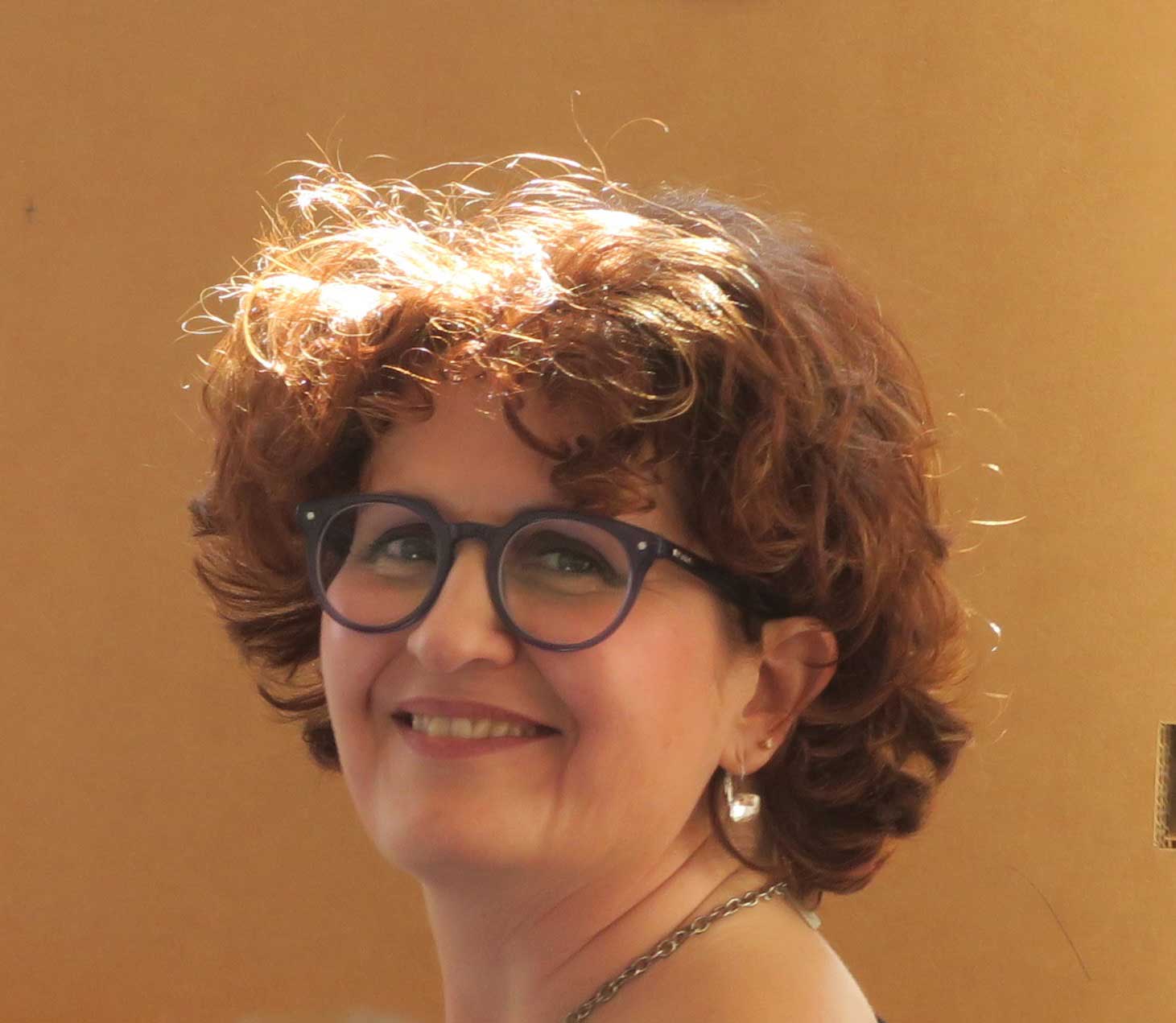LOURES BRINGS CHILDREN CLOSER TO AGRICULTURE AND ENVIRONMENT
Edited on
27 April 2020The City Council of Loures organised in January and February, when covid-19 was still something far away from our “reality”, a series of workshops in two of the RU:RBAN pilots, the Quinta do Conventinho and the Petrogal urban gardens, aimed at bringing children closer to good environmental practices. Children are the engine, the driving force for a real change from some agricultural practices still in place, for example the use of chemicals in urban gardens, towards healthy and environmentally friendly practices. How do we do this? Through education, training and…why not, playing!

350 children from kindergarten and primary schools took place in these workshops and it is expected to reach the number of 500 once the urban gardens of Quinta do Mocho/ Terraços da Ponte will be fully operational. Unfortunately the covid-19 emergency has forced the stop of all finishing works and activities in these urban gardens. Once this situation will be restored and with the help of teachers and a team of experts in environmental awareness the City Council hopes to replicate this experience throughout the entire municipal territory.
During the workshops children learned to build nest-boxes for small birds and shelters for pollinators, or “hotels for insects”, as they renamed them. These activities were organised by the City Council in collaboration with the experts of the “Hortas ecológicas” who are very active within the RU:RBAN project for the city of Loures. The main objectives of the workshops were to raise awareness on the importance of protecting insects for their role as pollinators and “helpers” in the farming activities, the importance of biodiversity and the protection of the environment and to foster team spirit and cooperation among children when participating in a common project.
Insects are the main pollinators and an overwhelming majority of wild plants and vegetables depend on them for seed production. The two species most studied for this role are bees and butterflies. Investigations show that one in every ten species of bees and butterflies is at risk of extinction in Europe. Many are the causes threatening the entire plant and animal biodiversity: environmental pollution, heavy use of pesticides and herbicides, changes in land use with the consequent loss and degradation of habitats, homogeneous landscapes resulting from intensive agriculture and the setting of monoculture forests, causing the disappearance of flora- therefore, food and places of refuge, fires, climate change.
Coming from an urban environment and, therefore, with little to no knowledge of the animal world, the children were shown videos and photos of these little creatures at work: it was very gratifying to see the amazement and fascination manifested by the children to see the images of pollinators feeding in flowers, caterpillars moving in a lettuce leaf, Ladybugs camouflaged in plants. Very interesting was to discover that, after seeing those images and videos, children started looking for those insects amidst nature. They built wooden houses for small birds and boxes of different sizes for the insects to function as shelters that will be installed in an urban garden near their school, where they will plant flowers and shrubs, while the bird boxes will be place in the pine tree forest next to the Petrogal area.
After the success of this first round of workshops, the City Council is hoping to repeat the experience in the very near future.
 Submitted by Patricia Hernandez on
Submitted by Patricia Hernandez on
